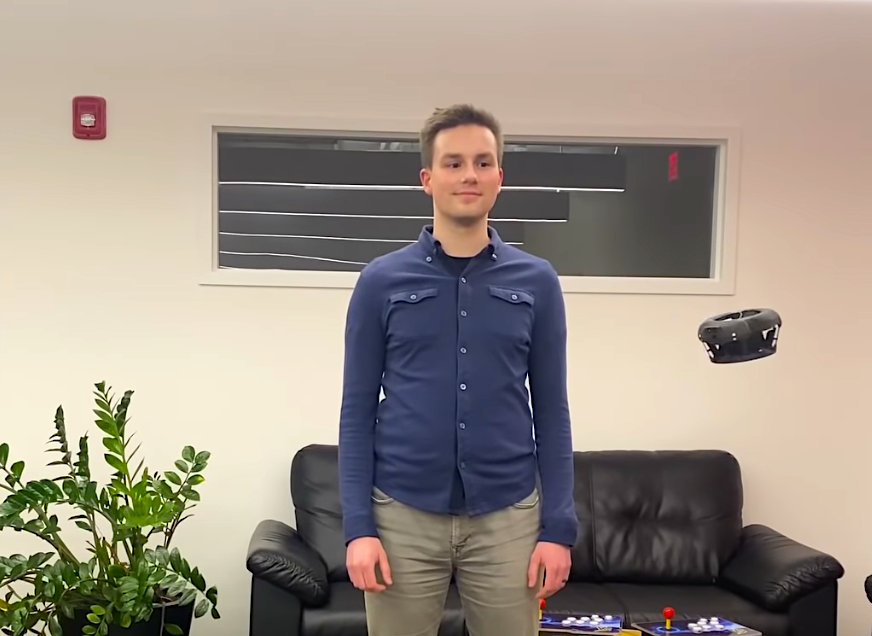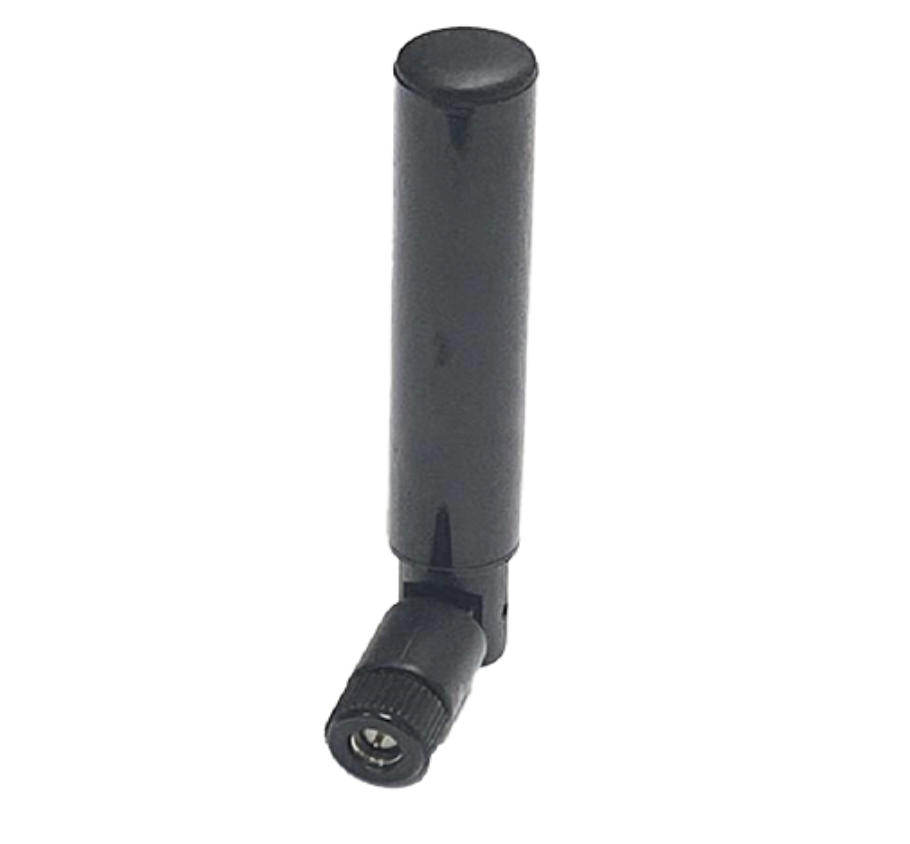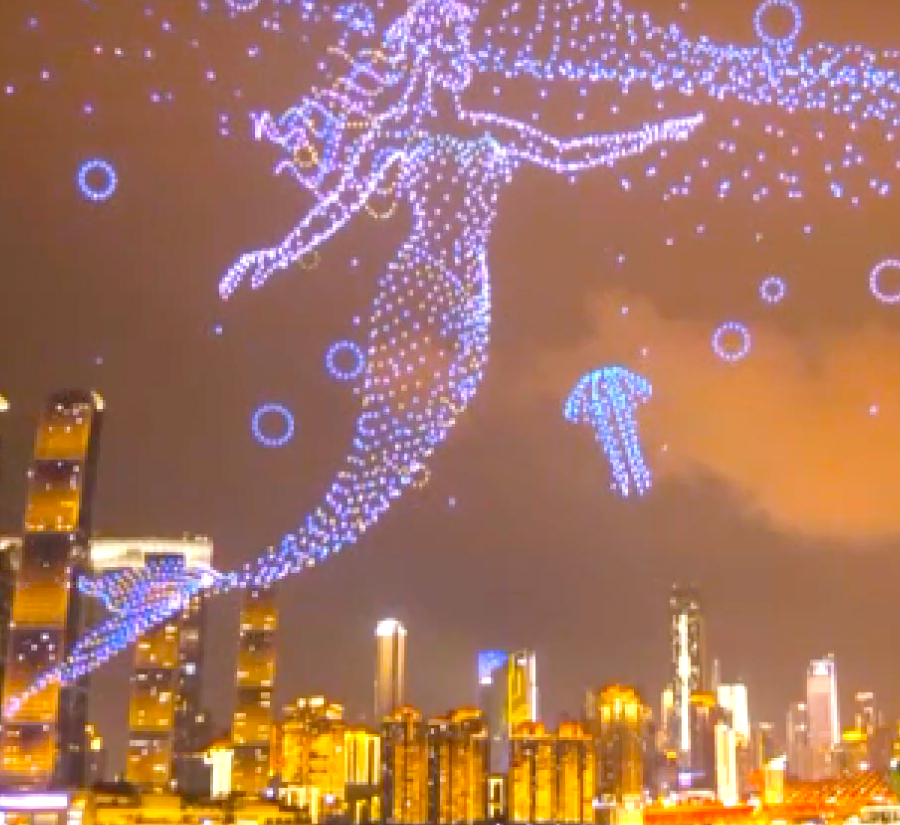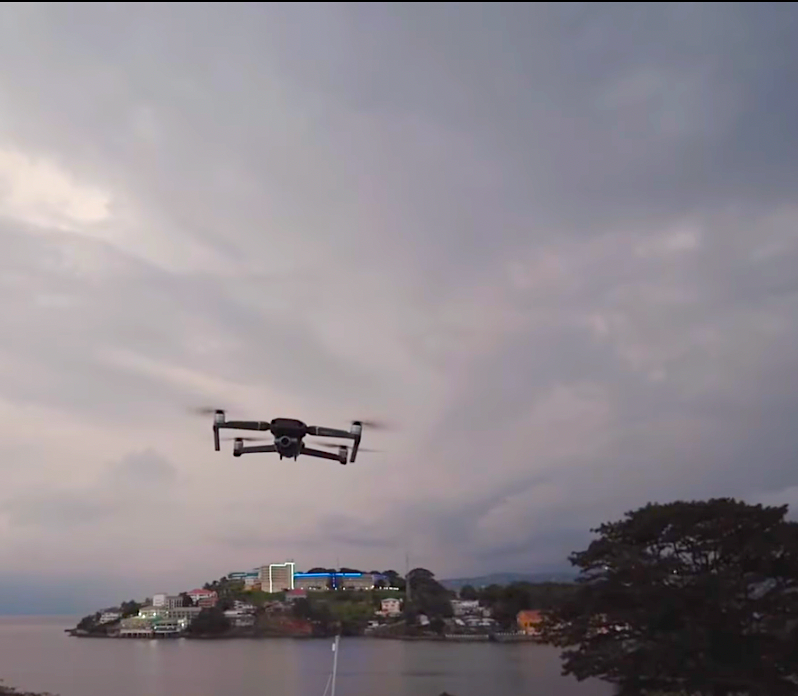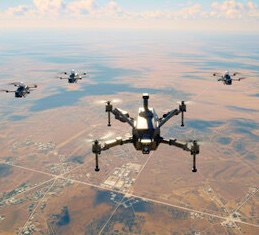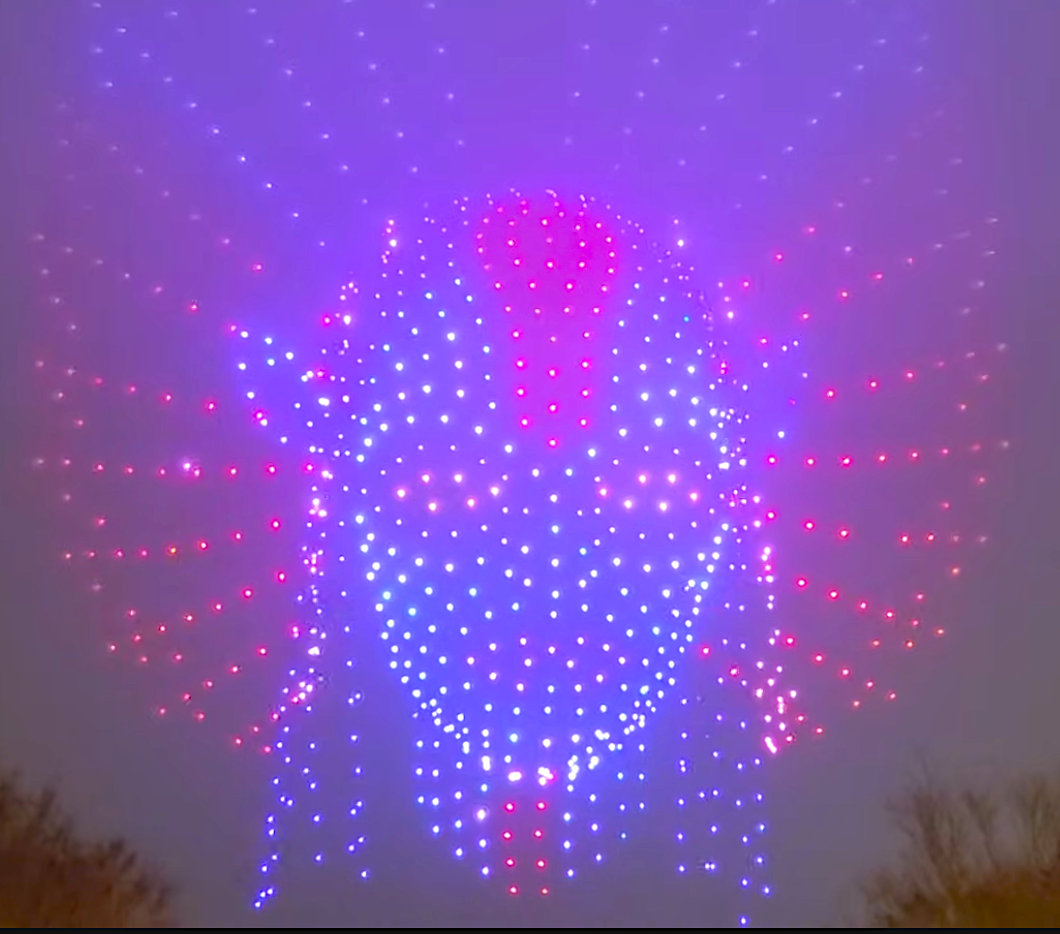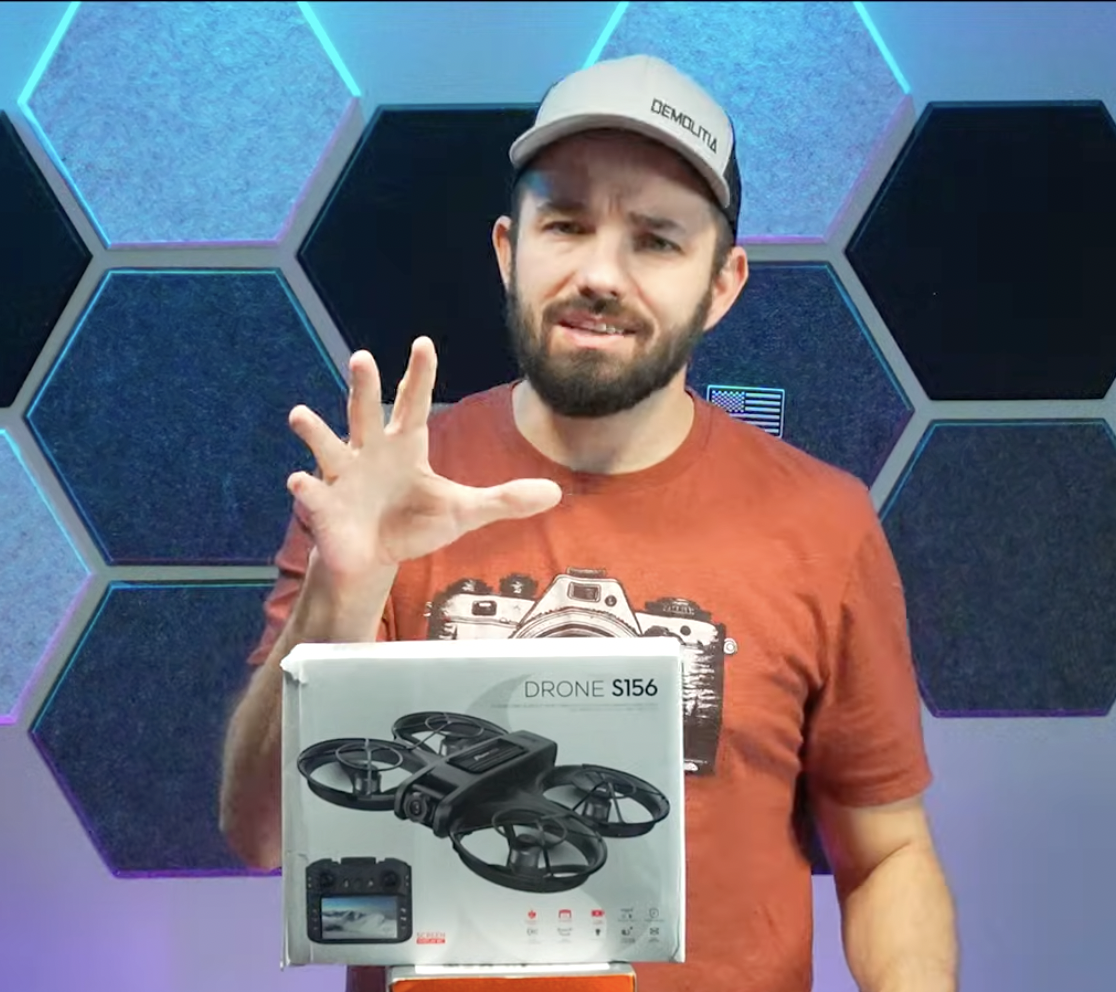Featured NewsEvolving TechCleo Robotics Cracks the Code for Ducted-Fan Drone Tech
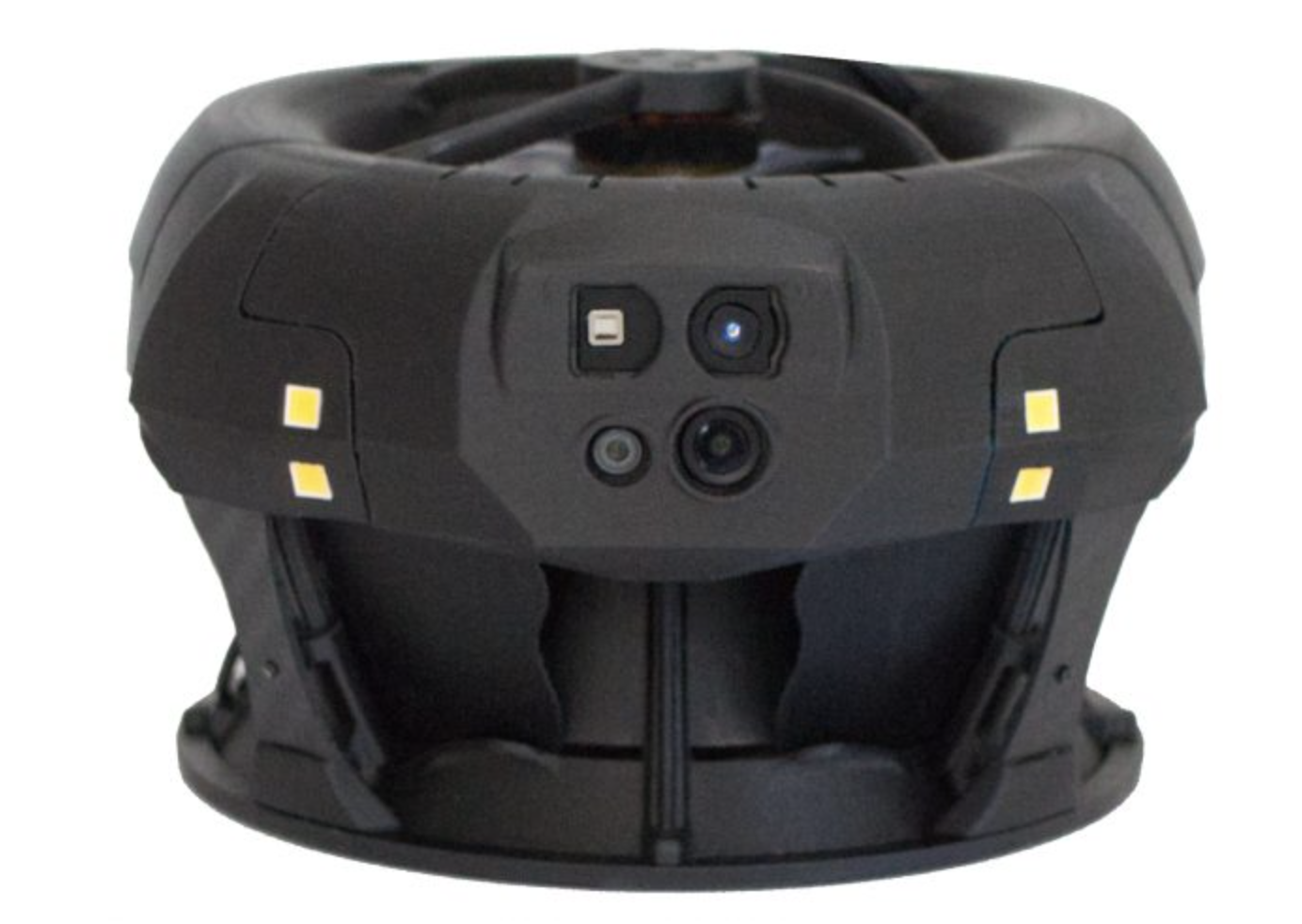
By Michael Molenda, Editor, The Droning Company
In general, it's both cliche and truth that technology moves as fast as comic-book superhero The Flash, and the droning community is chalking up innovations as rapidly as, well, the DRL Racer X drone (a Guinness World Record holder). From jury-rigged combat drones and software tweaks devised by Aerorozvidka volunteers to assist Ukrainian forces during the Russian invasion of their homeland to more robust and powerful autonomous systems, drone designers and engineers are on fire these days.
One of the newest drone revolutions involves ducted-fan technology that eliminates exposed rotors entirely, making it possible to construct drones reminiscent of the anti-gravity hovercrafts that often show up in Marvel Comics.
However, these drones are not fictional dream machines waiting to progress from imagination to reality. They exist now. They're crazy small. They are easy to use. And they are both disrupting and expanding the role of inspection and reconnaissance drones.
The cute and aptly named Dronut X1 by Boston-based Cleo Robotics is the planet's first bi-rotor ducted drone. It is just 6.5 inches by 4 four inches, allowing the Dronut to maneuver into tight spaces and fly around people and valuable equipment safely. Despite its tiny size, the made-in-the-U.S. Dronut can stream high-def video and collect LiDAR data—even in challenging environments. Currently, its flight time is 12 minutes with a range of approximately 300 feet, depending on where you're sending it.
Obviously, the Dronut is not something that, at present, you'd deploy to check out a vast expanse of wind turbines. It's not really designed for that application. The goal of the team at Cleo is to "eliminate manned entry into dangerous, hazardous, and difficult-to-reach environments—a duty forged by the company founders' own experience with inspecting extremely confined and treacherous areas in the oil and gas industry.

Omar Eleryan
In an exclusive interview, Cleo Robotics founder and CEO Omar Eleryan talked to The Droning Company about the Dronut's revolutionary and proprietary technology, its journey from idea to drone, how and why it was designed to work in GPS-denied environments, how Dronut pilots need practically zero training, what's the big deal about having no exposed propellers, and more.
In simple terms, please explain ducted-fan technology for us.
Some people think ducted-fan drones are vehicles with ducted propellers, as you do see quadcopters with ducted propellers. But that's not really what ducted aerial vehicles are. Ducted aerial vehicles are one or two propellers inside of a duct—that's it. In essence, that is what ducted-fan technology means.
You've stated that the Dronut exceeds the performance of quadcopters—would you mind elaborating on that claim?
Imagine a quadcopter that's the size of the Dronut—six-and-a-half inches across from propeller to propeller—and you end up with something that's pretty much like a toy. It can't lift any of the extensions the Dronut has onboard, and it typically has just a few minutes of flight time.
What inspired this whole concept?
I've been fascinated with flight, aerospace, and rocket technologies since I was a little kid. I went to school for mechanical engineering for that reason. I worked in the oil and gas industry after I graduated from college, and during my time there, I was exposed to how people inspect confined spaces. I had to do that a couple times myself, and underground pipelines are pretty nasty and dangerous environments. I thought, "Instead of sending people into these environments carrying cameras, why not send cameras in via some sort of robot?"
Well, obviously, ground robots don't work because they can't climb scaffolding and things like that. Due to my interest in aerospace, I knew about ducted-fan aerial vehicles, and I thought they would be the perfect solution. However, no one has been able to commercialize ducted-fan drone technology because it's incredibly difficult to control. People thought the technology was not stable enough to ever fly. I started Cleo with Simon Czarnota—our cofounder and CTO—and we thought if we could solve the stability problem of ducted fans, these drones could not only operate in super-confined spaces, but also around safely around people in factories and even homes, as they don't have exposed propellers. That idea is what started this journey for us.
This is admittedly a naive question, but couldn't a small quadcopter explore these dangerous spaces, as well?
A company called Flyability built almost exactly what you're explaining. They have a cage around a drone with a 5-inch or 6-inch propeller. But the propeller alone is basically the size of the entire Dronut. You can't really get into super-tight spaces with it, and you need to add some sort of protective cage to operate in confined spaces, which adds dead weight and reduces flight time.
Does a pilot who has some experience with quadcopters have to master new or refined skills to pilot a Dronut?
No. The skills are exactly the same. Well, actually, the Dronut is probably one of the easiest drones to fly, because of the sensors and the control algorithm we developed. We also rely on amazing positioning and sensing capabilities that allow the dronut to hover extremely precisely, even without an operator. It's very stable. Of course, you do need an operator to go forward, up, down, left, and right.
How much development and testing time did it take to get the Dronut X1 off the drawing board, so to speak.
I think it took us about a year to have a very rudimentary prototype, and two more years to get this point.
Was there an "a-ha" moment when you realized you had the capability to make the Dronut a real tool?
I guess the short answer is our core technology was sort of the a-ha moment. We're still making advancements. We have an extensive patent portfolio, and we have a lot of really exciting capabilities in the pipeline, as well.
WATCH THE DRONUT X1 IN ACTION
If you're flying the Dronut in a deep or super confined space, and the operator loses the link to the drone, does the drone just stop, or does it return to base?
We're working on that. Right now, it basically just stops and waits for the link to get reestablished. If it loses the link for a few minutes, it just lands.
So, if it lands after losing contact, does someone have to go in and get it—which would kind of negate the Dronut's safety benefit—or do you simply leave it where it is and try again?
That usually doesn't happen, and here's why. Imagine that somebody is inspecting a tank. There is never going to be a case where the drone is traveling at a really high speed and loses connectivity. In those types of environments, you're traveling very slowly, and you can monitor signal strength. Like a cell phone, you have bars that warn you about the signal strength, and the pilot can react by pulling the Dronut back if he or she doesn't want to risk going any further. So, it's never going to be a case where, right away out of nowhere, you lose all communication with the Dronut.
What's the Dronut's operational range?
The range is hard for me to answer, because it depends on the environment. With line of sight, it's about a couple of miles.
During initial testing, did your team learn anything surprising or unexpected?
We learn things all the time. I can't mention the names of our customers, but one of them is using the Dronut to do inspections on a car-production line. We thought they'd be using it in really confined spaces where other drones can't fly. But we discovered they are using it in this massive production space. Now, these guys own every commercial and enterprise drone there is, so we asked them, "Why don't you use any other drone for this operation?" They said, "Well, if we do that, our health and safety people are going to require us to barricade that area or stop operations. Whereas, with the Dronut, they don't care, because it's very safe. People can still be working while the Dronut is up there collecting data.
What are some possible applications for law enforcement?
There are huge applications for law-enforcement and defense—such as in an active-shooter situation. Right now, officers have to go room to room, as they have no idea where the shooter might be. But they can send in a Dronut and see if a room is clear, rather than going in themselves and risking an ambush.
Theoretically, couldn't any drone could do that?
Not true. I mean, theoretically, yes. But try flying a conventional drone through a door. It becomes very difficult due to the size of the drone. In addition, most traditional drones rely on GPS, and inside a building, GPS can be spotty. As a result, the drone can get floaty or not super accurate. They can be very hard to place within the building. The Dronut, however, was designed to work in GPS-denied environments. There is also no risk to innocent occupants of the building you're searching because the Dronut is very safe. There are no exposed rotors. And if you bump into a wall, you're fine. The Dronut doesn't crash.
Given the notion that certain things seem to get smaller all the time, could the Dronut shrink even further for upcoming versions?
One of our early prototypes was even smaller—like three inches in diameter and an inch high—and the thing actually flew. It was crazy. That's how the name came about, by the way. Someone saw the original prototype and said, "Oh, it looks like a donut-shaped drone—a Dronut." The name stuck.
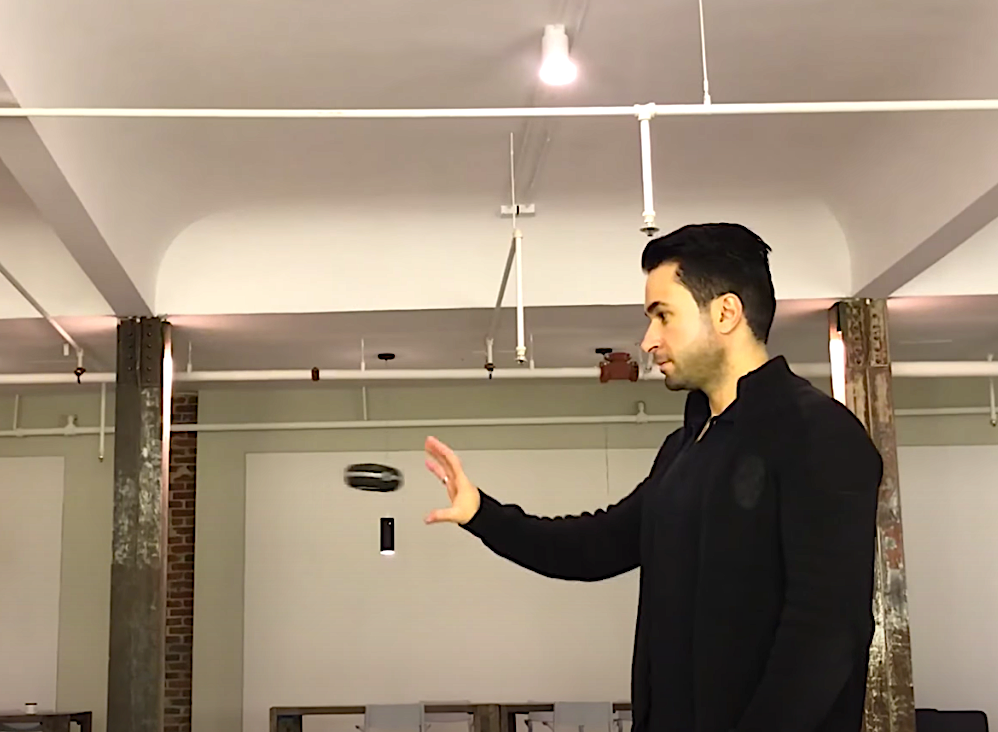
Early Dronut test. Note smaller size than X1 model.
So, what made the 6.5-inch dimension the sweet spot for the current X1 version?
We sized it up to allow for all the sensors we have on board right now. We use Qualcomm's Snapdragon platform, so we pretty much have a very advanced computer onboard. You have to allow room for the Dronut to carry that system's size and weight, so we scaled it up accordingly.
Do you have an opinion regarding where the biggest growth for drones might be?
We're in this space, so we may be a little bit biased, but we see indoor usage of drones as a huge area for growth. Data collection is key. Construction sites and factories, for example. Labor is very expensive—especially for repetitive tasks. So, imagine a drone that goes around and inspects things on a regular basis. You don't need a pilot—it's totally autonomous. It goes around, does its thing, lands on a pad, and then pushes out information onto a dashboard. It could even be intelligent enough to process that information, as well as tell you that everything is fine, or maybe that you need to check something out. That's where we see a lot of growth, and not just for drones, but for robotics in general.
And you obviously feel the Dronut is a much better choice for that job than a similarly equipped quadcopter.
Well, I don't believe people want to have a quadcopter flying around in a warehouse, because they can be dangerous. But we see all the time that people don't really care if the Dronut is flying around. They're more amazed by it. But put up a DJI drone and everybody steps back.
That's interesting. Why do you think people are scared about quadcopters buzzing around?
If you see a seven-inch propeller spinning at 20,000 rpm that could probably take your finger off, you worry about it. I think the size matters, as well. People are less nervous about something that's super small versus something that's very big with exposed propellers. It is truly fascinating how people react when they see the Dronut. There is no concern at all. It looks friendly, rather than threatening.
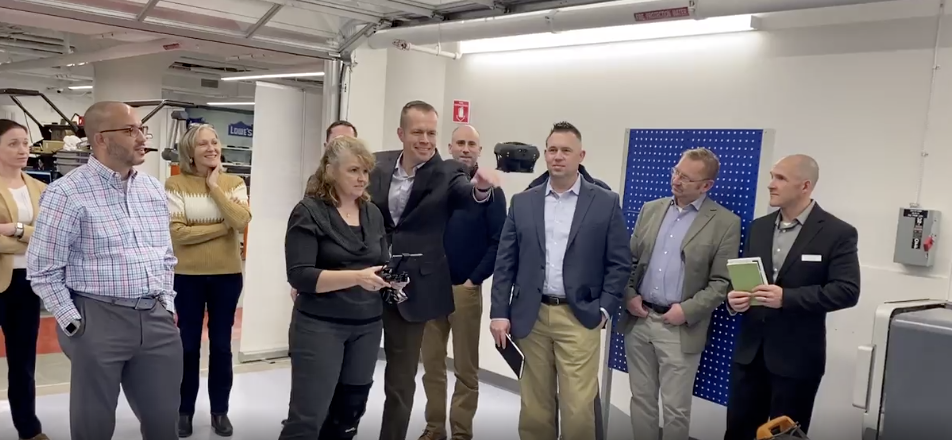
Is it possible that factory workers might see the Dronut as some kind of spy—that the drone is collecting data about their routines or productivity?
Well, there are already cameras all over the place in many factories. But the idea for the Dronut is not to collect data on people. Instead, we're capturing data for asset management, industrial inspections, asset monitoring—those sorts of things. We're just another camera, but a camera that can get up close to equipment and look at things from different angles. We can collect LiDAR data. All of this makes the Dronut a very appealing type of data-capture platform.
Are there any next steps for, say, the Dronut X2 that you can discuss at this time?
For us, it's developing more sensors and more intelligence. A a big thing for us is autonomous flights without any human in the loop. We also want to improve flight time.
Regarding autonomous drones, we recently did a story on the new DJI M30 autonomous system, and current U.S. regulations limit the capabilities of a fully autonomous drone. Is that also a challenge for Cleo?
It's true about the regulations. But, for now, we're focusing on indoor applications. It's different when you're in a controlled environment such as the inside of a building, rather than outside and subject to federal laws and airspace regulations. I don't think we will have any issues, because we operate primarily in indoor environments.
Given the advantages of small, ducted-fan drones you've discussed, do you foresee other drones with that technology coming into the marketplace?
We're not aware of any other company in the world that is doing this—and not for lack of trying. I think we cracked the code. I can't predict the future, but I think we have very strong IP around this technology.
